
Security is paramount at MinIO and sits up there with performance, simplicity
and resilience in the pantheon of things that matter.
MinIO encrypts data when stored on disk and when transmitted over the network.
MinIO’s state-of-the-art encryption schemes support granular object-level
encryption using modern, industry-standard encryption algorithms, such as
AES-256-GCM, ChaCha20-Poly1305, and AES-CBC. MinIO is fully compatible with S3
Read more

An overview of erasure coding, BitRot protection, encryption, immutability and versioning.
Read more

Kubernetes is the primary control and management point for infrastructure as code. Add MinIO and manage object storage within Kubernetes.
Read more
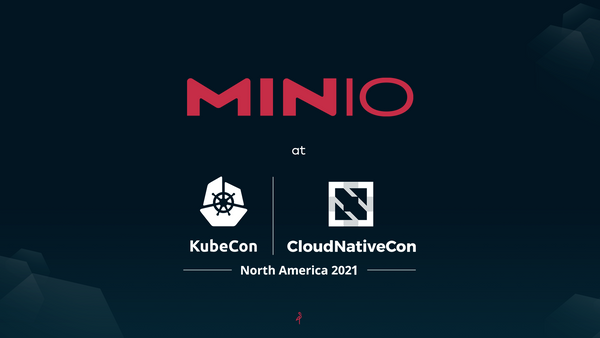
Let’s get a few things out there right away.
First, Kubecon remains a shadow of its former self. In 2019 it was vibrant, even frothy. It was pretty sad this week in LA. The forecast was for 3,000 but we would be surprised if it was 2,000. My sense talking to others on the sponsor side was
Read more
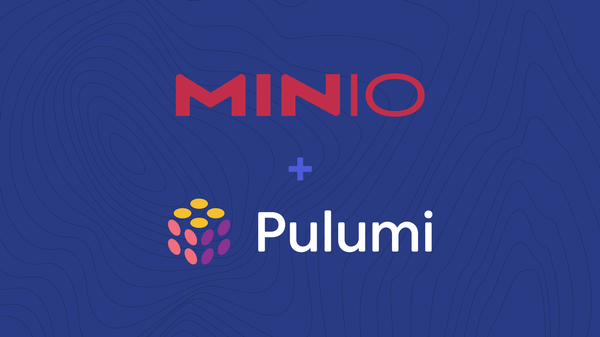
As we have noted before, one of the great advantages of being cloud native is
that integrations are generally pretty seamless. We don’t want to oversimplify,
engineering is engineering, but as a rule this makes putting different pieces
together easier and more impactful.
One such example is our work with Pulumi [https://www.pulumi.com/]. Pulumi
enables cloud engineering
Read more
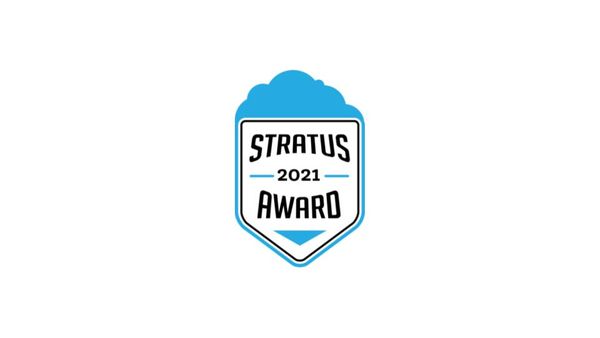
MinIO was named a winner in the storage technology category for the 2021 Stratus Awards.
Read more
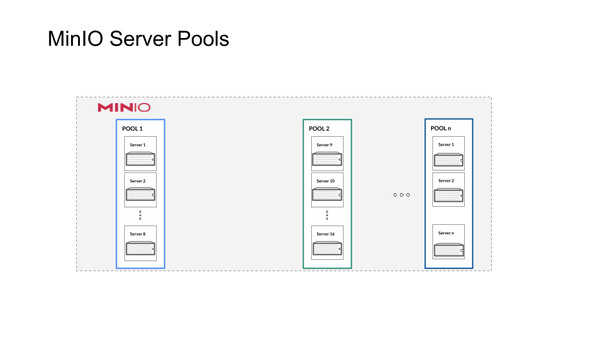
MinIO takes particular pride in the concept of manageability. This is born out of our relentless focus on simplicity. Our belief is that a single individual with moderate technical capability should be able to manage a multi-petabyte instance of MinIO in their free time.
Read more

The current generation of edge computing is still in its infancy. This is a remarkable statement given its size today ($6 billion) and expectations for growth ($61 billion by 2028). Nonetheless, with 5G just taking hold and the Internet of Things (IoT) economy exploding, the truth is we don’t really know how big it may become, or how quickly.
Read more

Synchronizing data between multiple data centers is a core competency of any object storage service. MinIO already checked this box with its performance optimized Server-Side Active-Active Bucket Replication. Initially, MinIO only recommended two MinIO deployments.
Active-Active replication supports scenarios such as:
* Same-DC Replication
* Cross-DC Replication
* Same-Region Replication
* Cross-Region Replication
Active-Active replication is a key tool for organizations looking for multi
Read more

The push to standardize Object Storage in Kubernetes has gained significant
momentum in the recent months. The new standard, named COSI for Container Object
Storage Interface, strikes a similar chord to CSI — a well known standard for
consuming storage in Kubernetes.
In this article, I’ll dive into COSI, its architecture, and how it fits
alongside CSI. Finally, I’ll
Read more
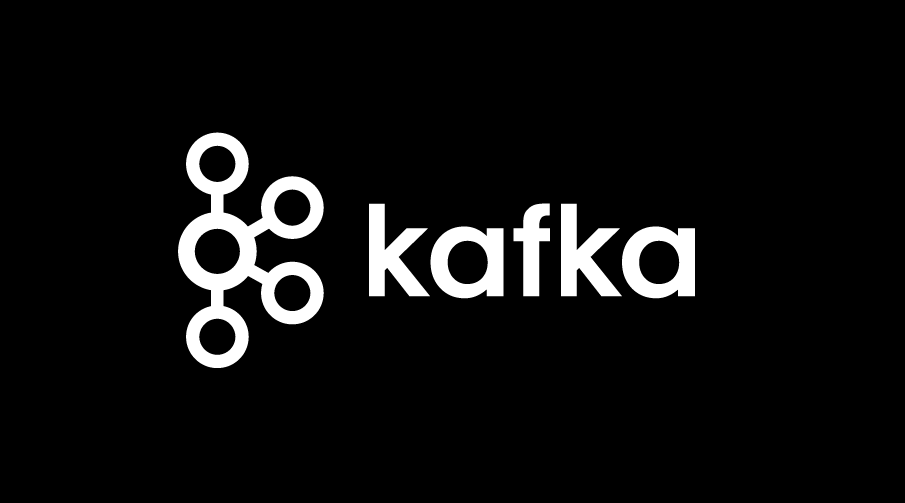
Streaming data is a core component of the modern object storage stack. Whether
the source of that data is an edge device or an application running in the
datacenter, streaming data is quickly outpacing traditional batch processing
frameworks.
Streaming data includes everything from log files (think Splunk SmartStore), web
or mobile applications, autonomous vehicles, social networks and, of course
financial
Read more

We are at an interesting time from a technology standpoint. The cloud, and by
this we mean a way of doing things - not a physical location, has created a
yawning gap between cloud-native companies and legacy vendors (many of whom are
giants).
Only a few of these giants will make it to the other side.
There are multiple reasons,
Read more

Learn how MinIO combines multiple built-in data protection capabilities to ensure that nothing is overwritten or deleted unintentionally.
Read more
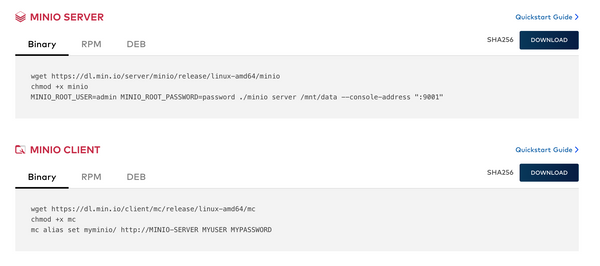
This post first appeared in the Container Journal.
The term “software-defined storage” is widely misunderstood by the vendor community. While analysts, both industry and financial, know that software-defined is both the present and future of the storage industry, customers who are unable to make the distinction may find themselves with a hardware- or appliance-based solution that doesn’t quite meet
Read more
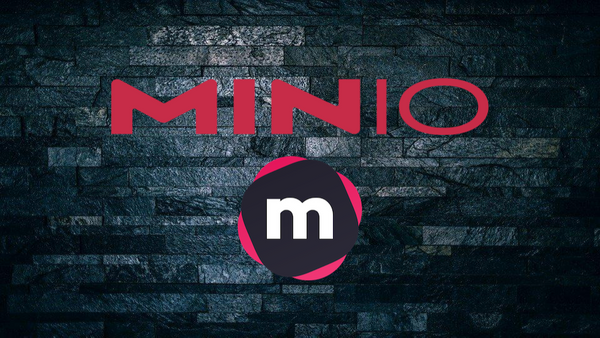
How to pair fast and efficient search with high-performance Kubernetes-native object storage.
Read more

The MinIO team is immensely proud of what we have been able to build in the high
performance object storage, so we relished the opportunity to showcase our
ever-growing functionality at Cloud Field Day in June. After beginning with a
high-level overview, we got the chance to dive deeper into MinIO’s various
features that put it at the cutting
Read more

When we talk about the ways MinIO is changing how enterprises view object
storage, we are never far from the topic of Kubernetes. It is one of the most
impactful pieces of the cloud ecosystem today, so when discussing MinIO’s
critical capabilities at Cloud Field Day back in June, it made sense for us to
zero in a chunk
Read more


























